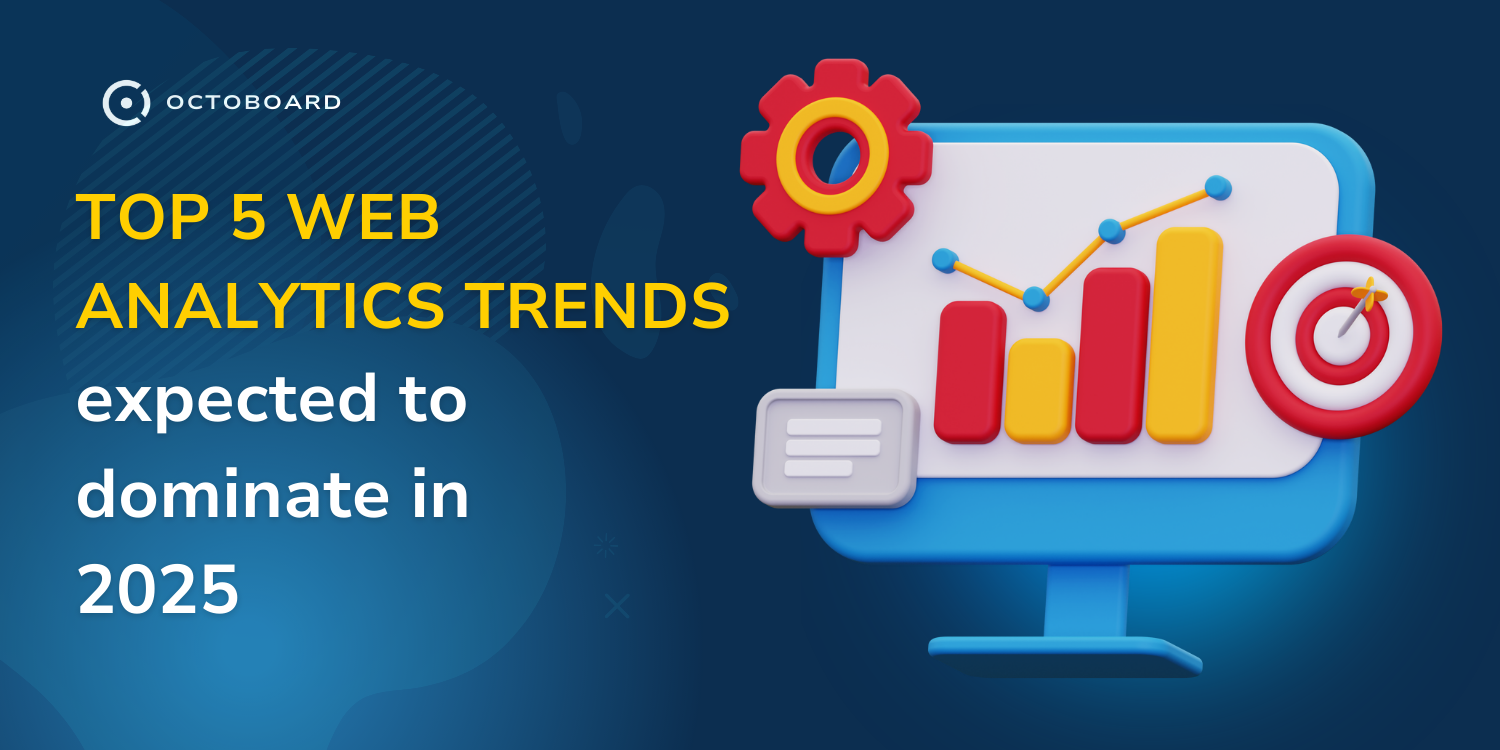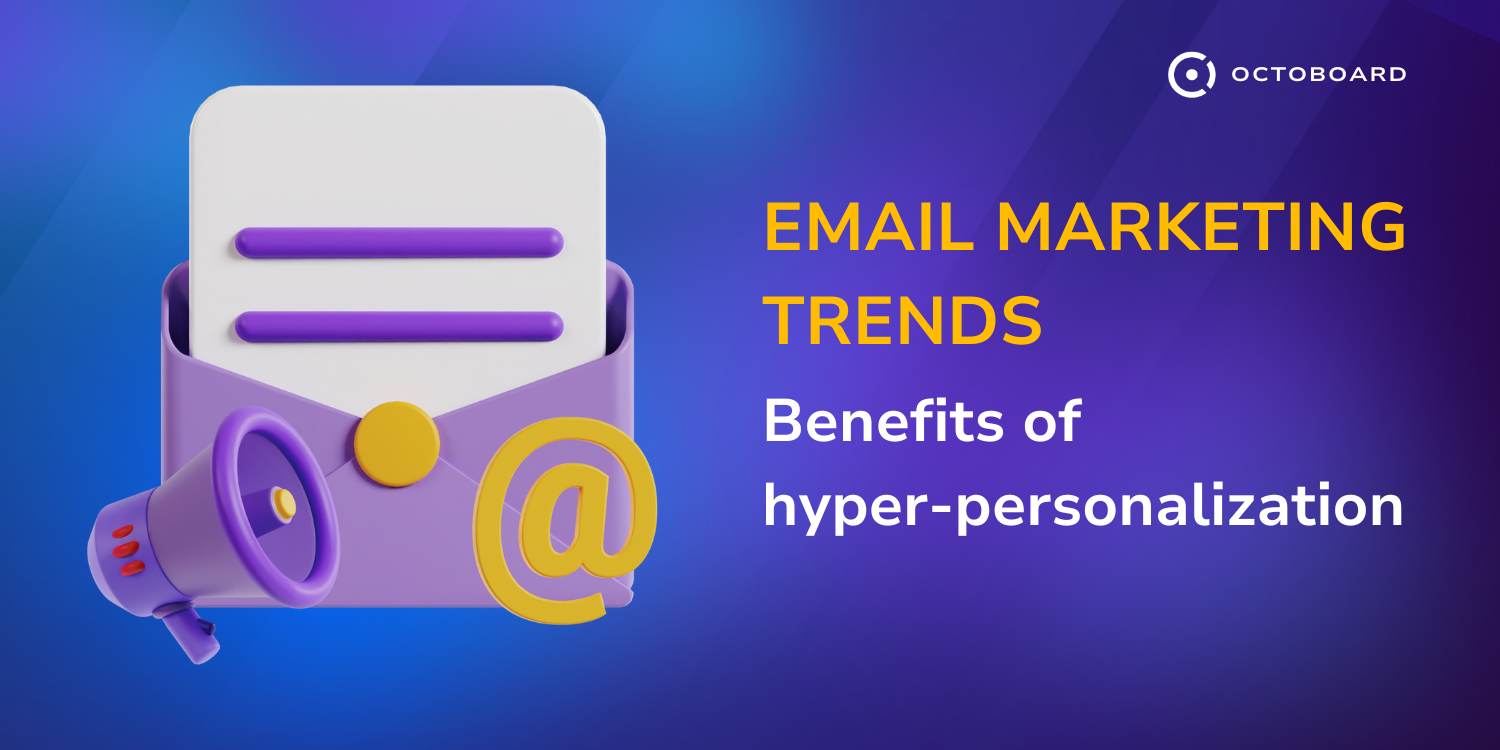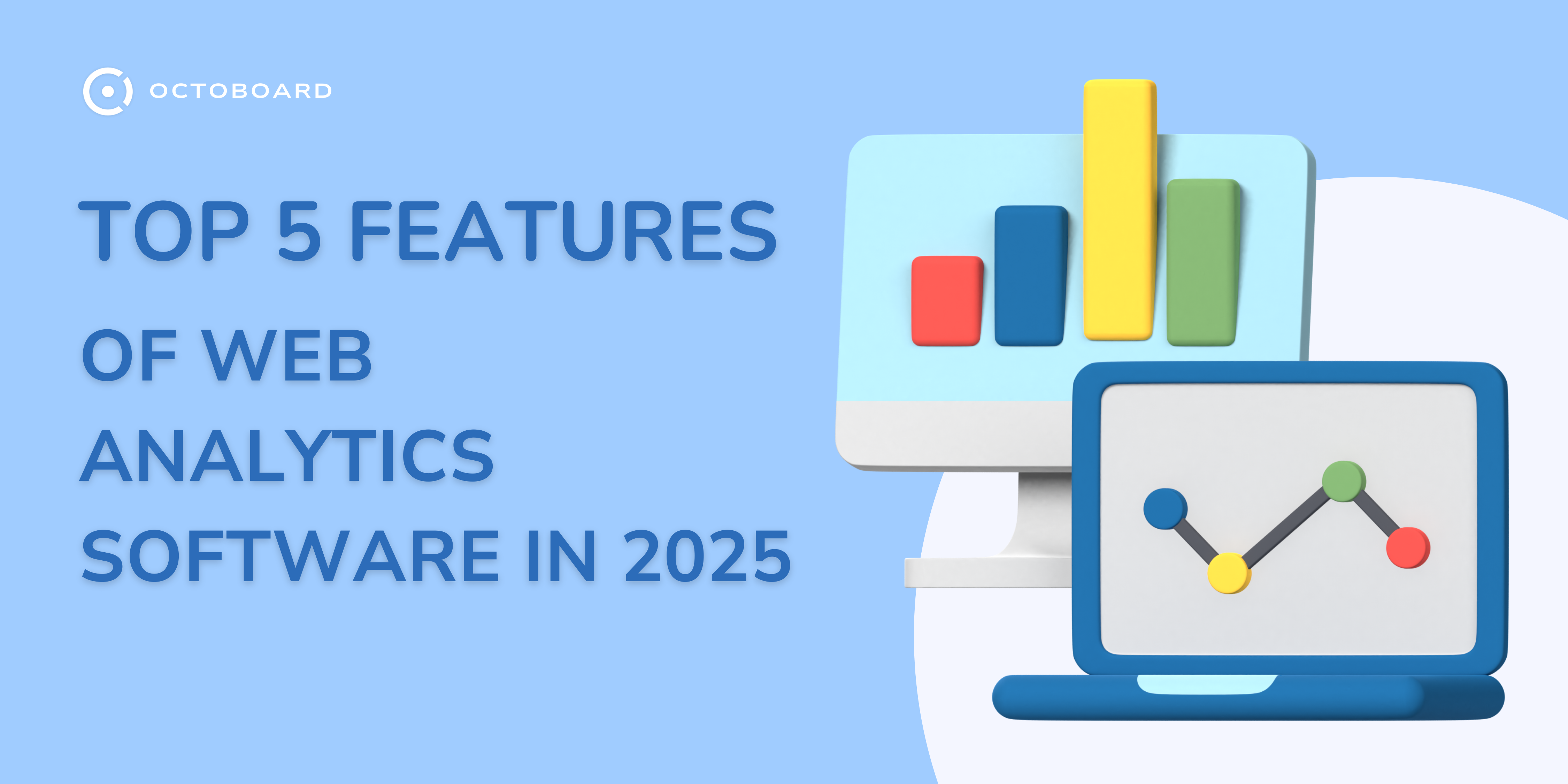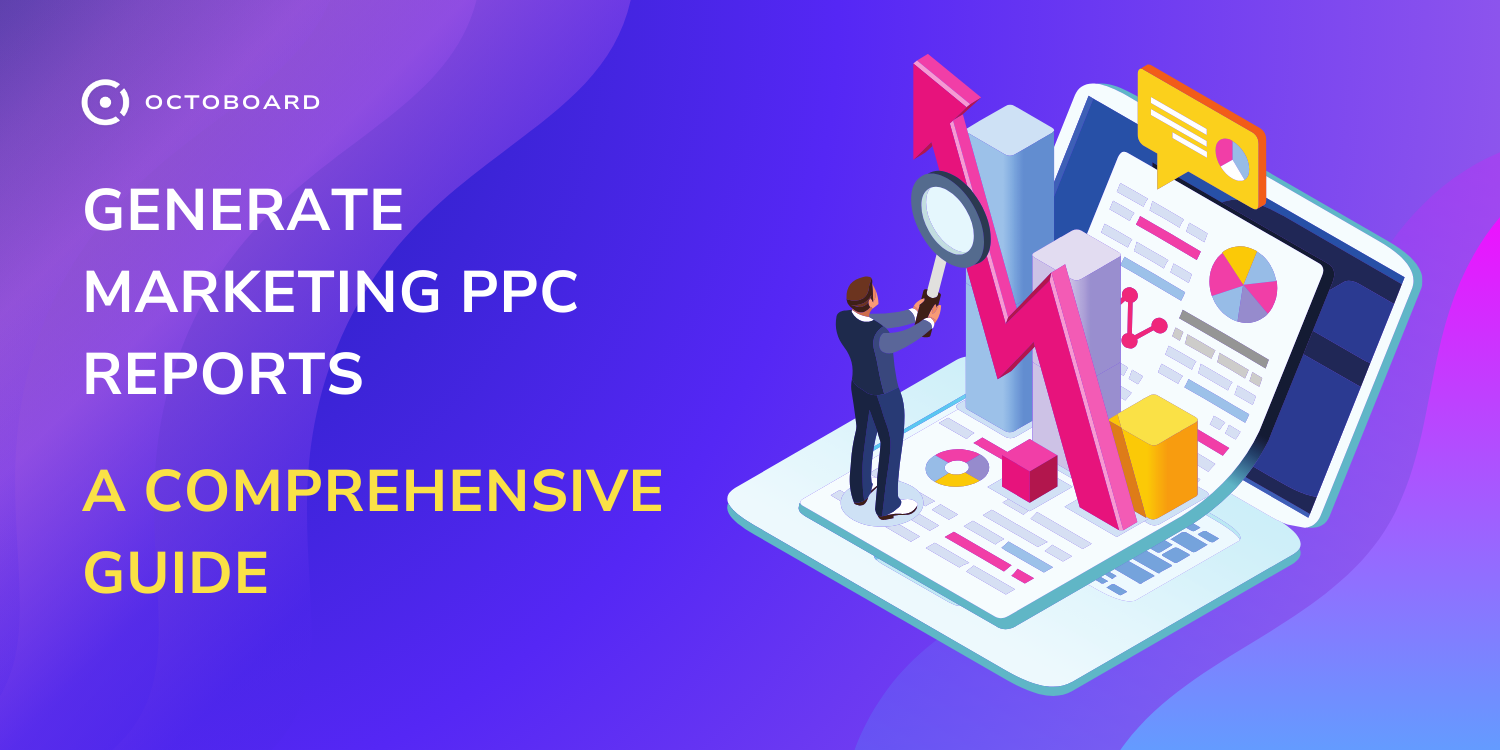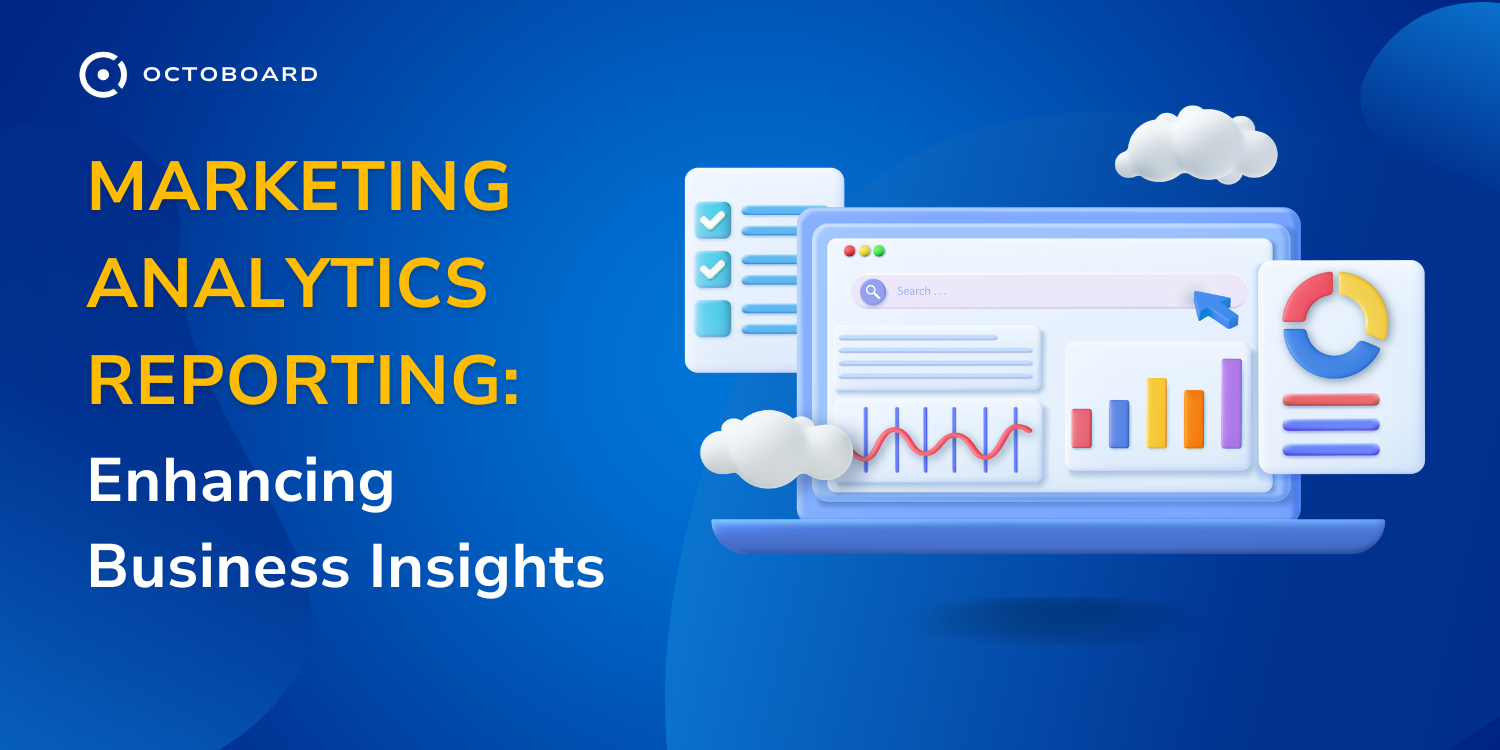Stripe Email Marketing: Best Practices
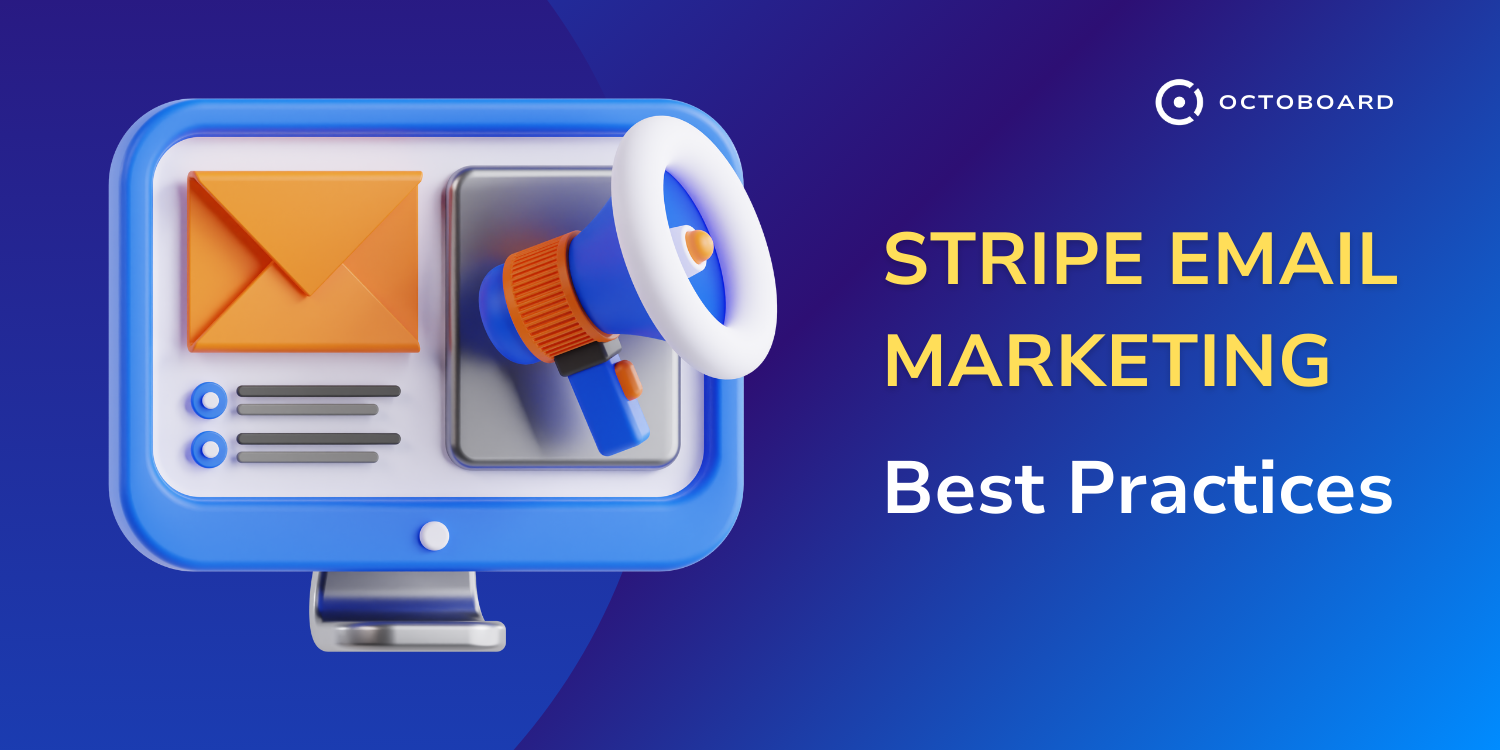
Integrating Stripe with email marketing platforms can significantly enhance your marketing efforts, especially for SaaS businesses. Here are the best practices to ensure a successful integration:
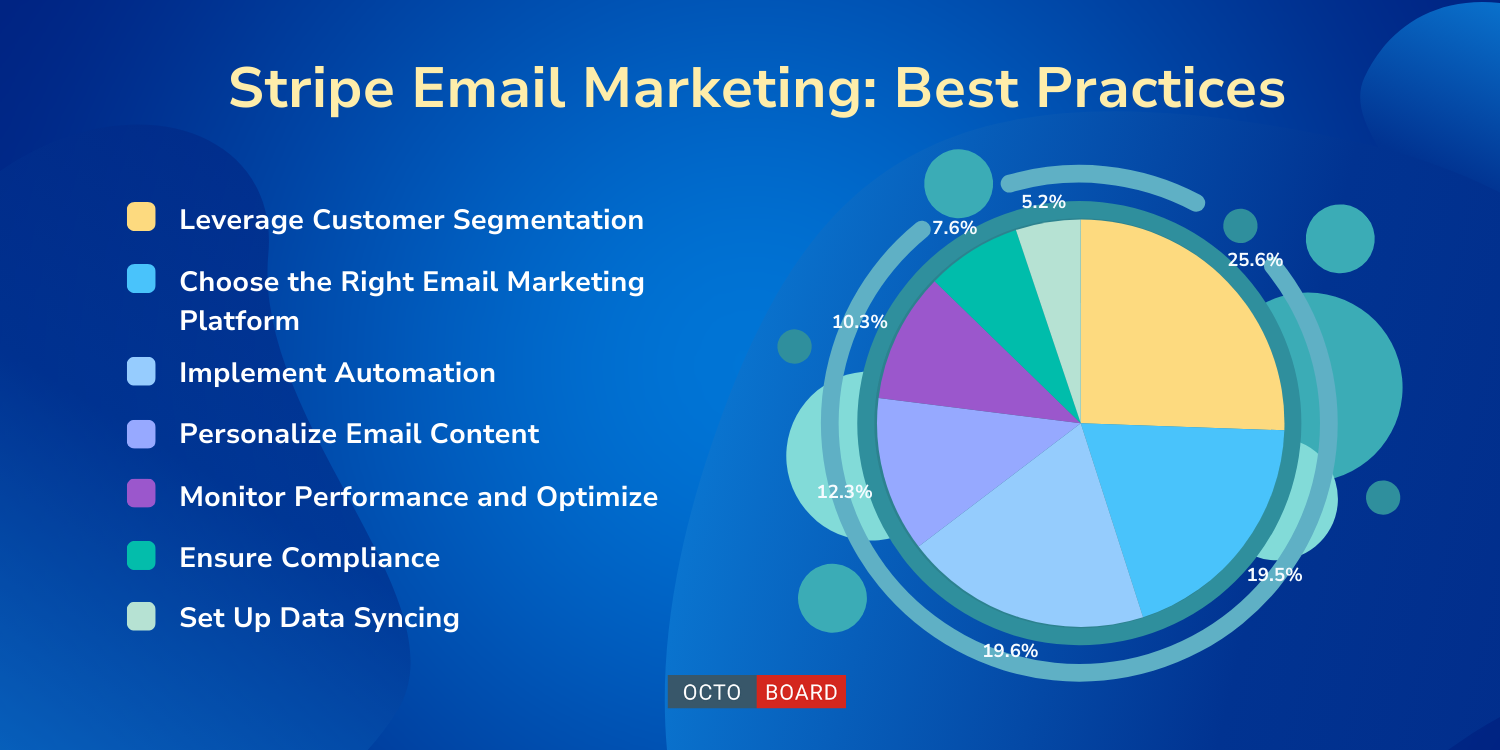
Utilize the rich customer data from Stripe to create targeted email lists. Segment your audience based on purchase history, payment activity, and subscription status. This enables you to send personalized offers or reminders, such as promotions for customers nearing the end of their subscription.
Select an email marketing service that supports seamless integration with Stripe. Look for platforms that offer robust tools for segmentation, personalization, and automation based on Stripe data. Popular options include Mailchimp, MailerLite, and SendX, which facilitate easy syncing of customer data and transactions.
Take advantage of automation features to set up email campaigns triggered by specific customer actions in Stripe. For example, send welcome emails to new customers, reminders for subscription renewals, or follow-ups for abandoned carts. This not only saves time but also ensures timely communication with customers.

Integrate dynamic content in your emails based on customer transactions and behaviors. Personalization can include order details, account status, and product recommendations tailored to individual customer preferences. This approach increases engagement and conversion rates.
Regularly track key metrics such as open rates, click-through rates, and conversion rates to evaluate the effectiveness of your email campaigns. Use insights gained from Stripe data to make data-driven adjustments to your marketing strategies, optimizing for better results over
Time.
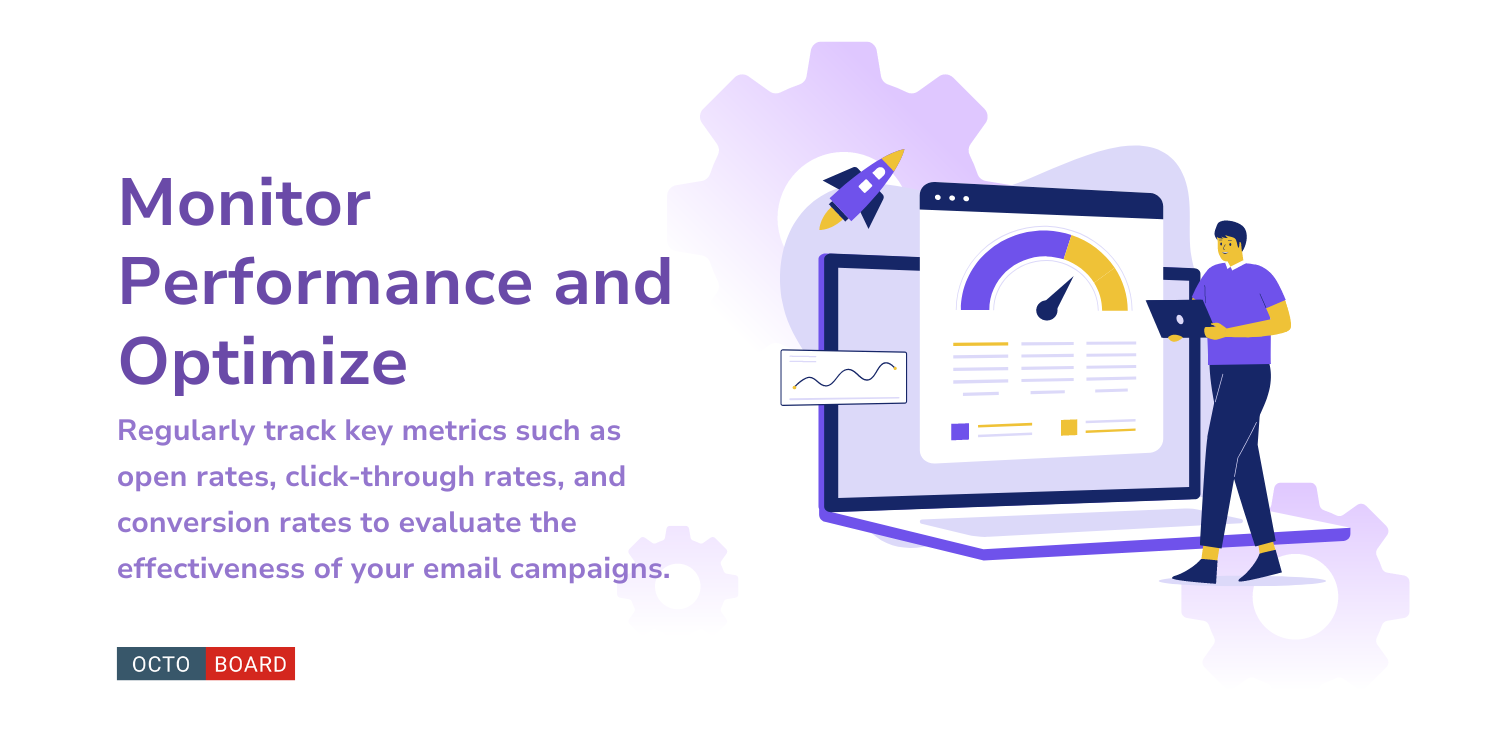
Make sure your email marketing practices comply with regulations like GDPR and CAN-SPAM. This includes obtaining proper consent for email communications and ensuring customer data is handled securely.
By following these best practices, businesses can effectively integrate Stripe with their email marketing efforts, enhancing customer engagement and driving revenue growth.
Once you've chosen a platform, configure the integration properly to ensure accurate data syncing. This includes customer details, transaction history, and subscription information. Proper setup allows for effective segmentation and targeted messaging based on customer behavior and payment activity.

